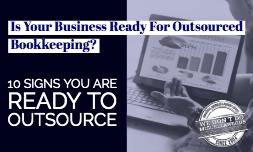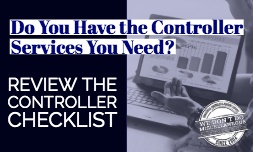Cash flow is the lifeblood of any business, and managing it properly is crucial for success. While many businesses focus on generating revenue, it's equally important to maintain positive cash flow to ensure that operations can continue smoothly. In this article, we'll discuss some cash flow best practices that businesses should consider implementing to be more successful.
Forecast Cash Flow
Cash flow forecasting is an important process. It's used to estimate the flow of cash that comes in and goes out of a business over a set time period. When it's accurate, it makes it easier for a business owner to predict the future health of the company.
By making those kinds of predictions, a business owner can better avoid cash shortages and invest surplus cash effectively. Naturally, both of those areas are valuable to a company, whether it's been around for a long time or it's just getting started.
To create an accurate forecast, businesses should consider past cash flow patterns, upcoming expenses, and revenue projections. A forecast will also help businesses make informed decisions about spending, investing, and financing.
Manage Receivables and Payables
Managing receivables and payables is another critical aspect of cash flow management. Businesses should invoice customers promptly and follow up on unpaid invoices to ensure timely payment. Offering incentives for early payment, such as discounts, can encourage customers to pay on time.
On the other hand, businesses should also manage payables effectively by negotiating payment terms with suppliers and vendors. Taking advantage of discounts for early payment or setting up payment plans can help businesses conserve cash. Utilizing an ERP system that offers AP and AR automation will greatly reduce the stress that this can bring to a business. Automated systems will help cash come in quicker, and invoices get paid in a timely manner as well.
Monitor Inventory
Inventory management is crucial for maintaining positive cash flow. Frequent under and over-stocking of parts and products can be a direct result of a manually tracked inventory. Ordering too many ties up a lot of cash in inventory, but then not ordering enough causes delays for customers and reduces the cash flow of the business.
Having a system that keeps tabs on inventory, in real time, makes it much easier to keep inventory levels stocked at an efficient level.
Manage Debt
Managing debt is another critical cash flow best practice. While debt can help businesses finance growth or manage cash flow gaps, it can also become a burden if not managed correctly. Businesses should keep debt levels manageable and avoid taking on too much debt at once. Additionally, businesses should prioritize paying off high-interest debt to reduce interest expenses.
Consider Cash Flow Financing
Lastly, businesses can consider cash flow financing to bridge cash flow gaps or finance growth. Cash flow financing options include lines of credit, factoring, and invoice financing. These options can provide quick access to cash, but businesses should carefully consider the costs and risks associated with each option before making a decision.
Managing cash flow is crucial for businesses of all sizes. Implementing these best practices can help businesses optimize cash flow and achieve long-term success.














